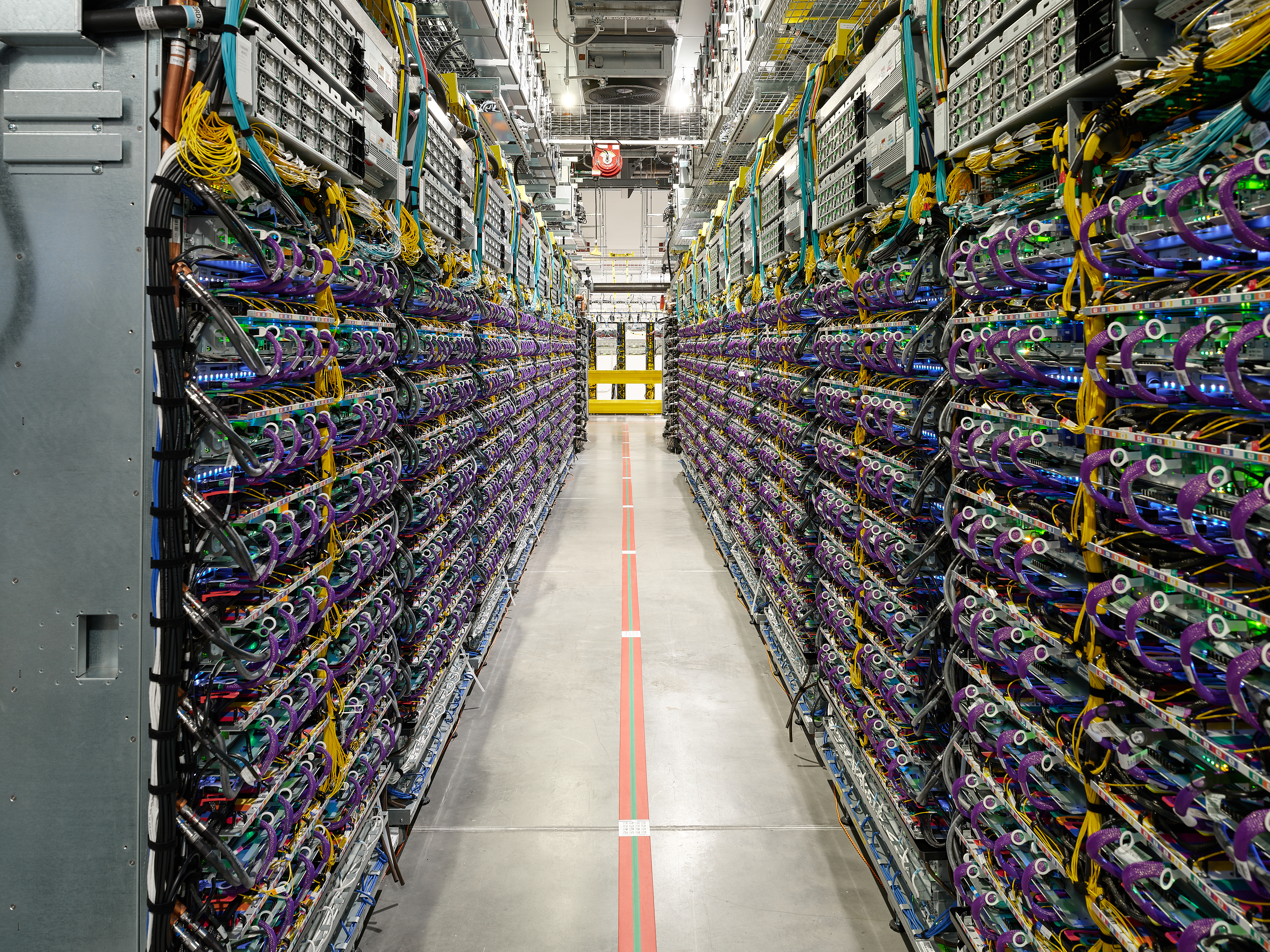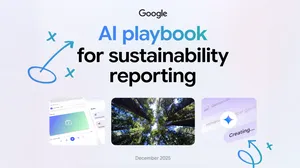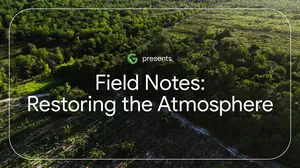How we're working with utilities to create a new model for clean energy
Electricity powers every aspect of our society. As electrification, industrial growth and digitalization create benefits for communities around the world, they’re also creating new electricity demand. Meeting this demand with reliable, affordable and clean power is one of our greatest challenges — and opportunities.
At Google, we’re harnessing our electricity demand to build the sustainable grid that our growing economy needs. Today we’re launching a new, first-of-its kind clean energy partnership with NV Energy, a subsidiary of Berkshire Hathaway Energy, that enables Google and other energy users to meet growing power demand cleanly and reliably. The core of the partnership is a new clean transition rate — also referred to as a “Clean Transition Tariff” (CTT) — which can be replicated in many electricity markets across the United States. The proposed structure is currently pending review and approval by the Public Utilities Commission of Nevada. This will also help Google move towards our ambitious goal to operate our data centers and office campuses on 24/7 carbon-free energy (CFE) by 2030.
Why we need new procurement models to accelerate the energy transition
Typically companies procure clean energy, primarily wind and solar power, through power purchase agreements (PPAs) with project developers — a model that Google pioneered. This approach has been incredibly successful: since 2008, corporate clean energy buyers have unlocked nearly 200 GW of new solar and wind capacity around the world.
But this approach has limitations. PPAs are often isolated from broader grid planning and utility investment processes, and the variability of the weather can mean inconsistent solar and wind availability. Therefore, fully decarbonizing electricity systems will require other technologies that can deliver clean power whenever it is needed (also known as “clean firm capacity”). These technologies, like enhanced geothermal, long-duration energy storage and advanced nuclear power, are early-stage, relatively costly and poorly incentivized by current regulatory structures. As a result, customers often still rely on fossil fuels for reliable power when solar and wind aren’t available.
To access the benefits of 24/7 carbon free energy technologies and meet the growing needs of local grids, we need a new approach that makes it easier to invest in clean energy projects that provide firm capacity to the grid.
Introducing a new clean transition rate
Over the past two years, we’ve worked with partners across the U.S. to create a new, scalable pathway for utilities and large energy users to invest in clean firm capacity and accelerate the commercial deployment of advanced, clean technologies.
The CTT brings utilities and customers together into a long-term energy agreement that can facilitate investments into new projects that deliver clean firm capacity to the grid. This allows customers to meet their growing electricity demand with 24/7 CFE through their existing utility relationship and share in the long-term benefits that these projects provide, like increasing the share of clean and reliable power.
NV Energy is the first utility to operationalize this new approach through a first-of-its-kind energy supply agreement with Google. Together, we assessed solutions to bring clean capacity to the local grid and landed on enhanced geothermal. NV Energy then worked with developer Fervo Energy to include 115 MW of new, enhanced geothermal power in our CTT partnership and deliver its full capacity value to Google. Finally, we worked together to propose a framework that can be customized to work in varying state regulatory environments to address state and customer goals.
Our partnership with NV Energy builds on our recent commercial pilot with Fervo in Nevada, which proved Fervo’s technology can deliver enhanced geothermal power at a commercial scale. Since then, Fervo has achieved remarkable reductions in the time and cost of its drilling process, demonstrating the power of early customer demand to help drive rapid improvements to early-stage technologies. Now, through our energy supply agreement with NV Energy, we’re expanding by almost 25x the amount of enhanced geothermal capacity enabled by Google, bringing more round-the-clock clean power onto the local grid that serves our data center operations in Nevada.
“NV Energy and Google’s partnership to develop new solutions to bring clean, firm energy technology — like enhanced geothermal — onto Nevada’s grid at this scale is remarkable. This innovative proposal will not be paid for by NV Energy’s other customers but will help ensure all our customers benefit from cleaner, greener energy resources,” says Doug Cannon, President and CEO, NV Energy. "If approved, it provides a blueprint for other utilities and large customers in Nevada to accelerate clean energy goals. We look forward to progressing this proposal through the regulatory process to approval and look forward to sharing this with other customers to advance the additional economic opportunities it can bring to our State.”
Building a thriving, carbon-free economy for everyone
It’s not just Google that stands to benefit from this new model. If widely adopted across U.S. markets, the CTT structure can expand clean energy capacity and improve grid reliability, accelerate the roll-out of new technologies needed to enable clean industrial growth and bring the economic benefits of clean energy to communities everywhere. Duke Energy has already announced agreements with Google and others to develop a CTT in the Southeast United States, and we hope to see the model adopted in many other regions.
Google will continue collaborating with utilities, regulators and other energy customers to unlock new investments in clean energy capacity, accelerate the next generation of clean energy technologies and build the grid that’s needed to support a thriving, carbon-free economy.








